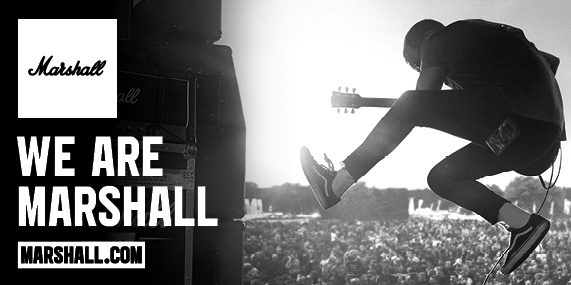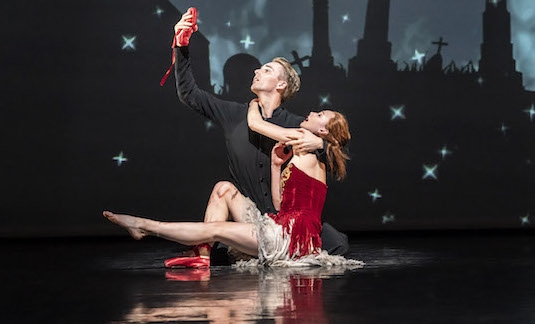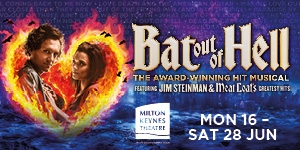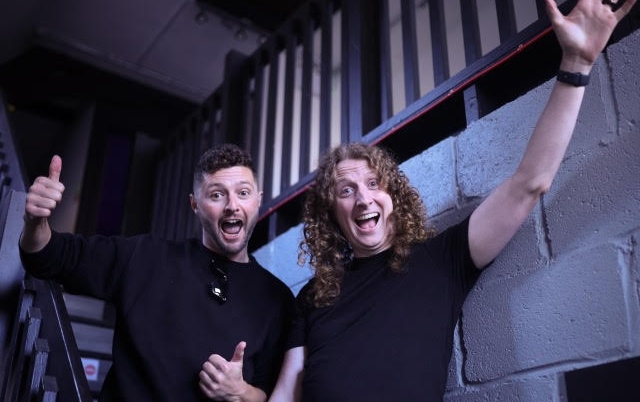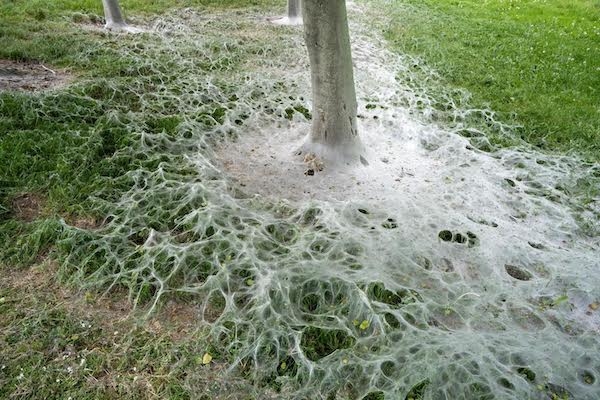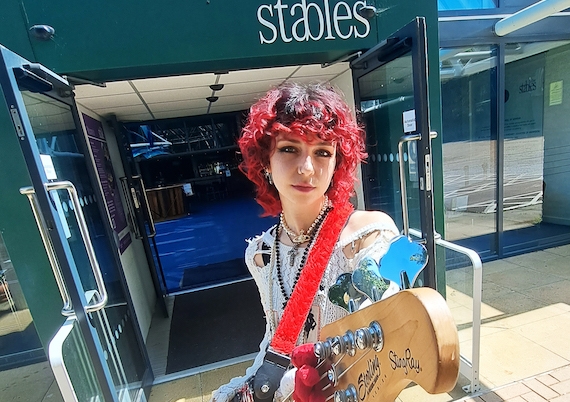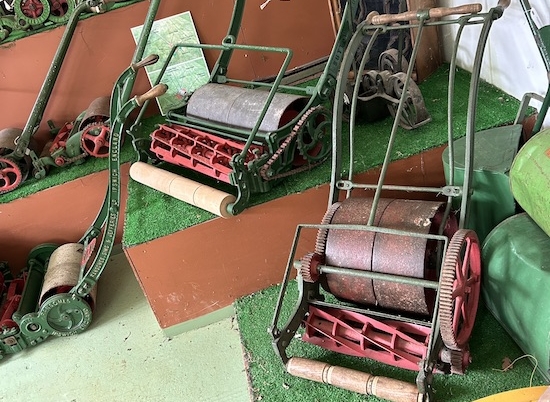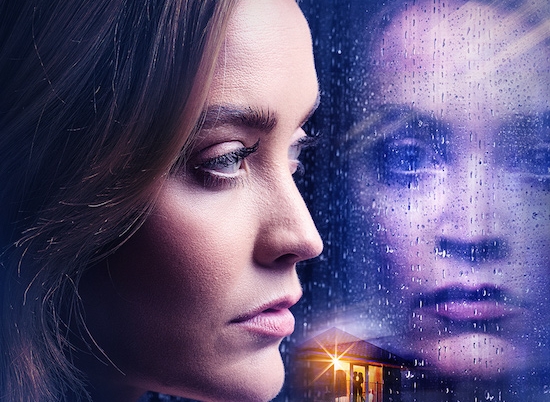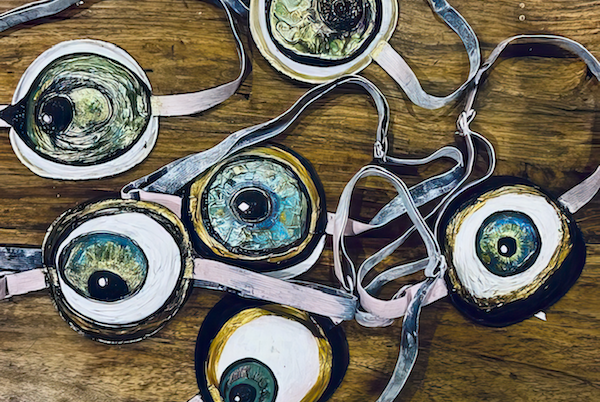Matthew Bourne’s The Red Shoes is an irresistible dance theatre production that radiates vintage glamour and vivacious grace, writes Georgina Butler.
Think of classic British ballet film The Red Shoes and delightfully dated images of ballerinas, and surreal displays of the agony of artistic expression, come to mind.
Whether you have watched Michael Powell and Emeric Pressburger’s 1948 cinematic masterpiece or not, you have probably encountered the movie’s meditation on being an artist versus living a life. Or heard of the Hans Christian Andersen fairy tale, in which a vain peasant girl disobediently slips on a pair of scarlet slippers that force her to dance until having her feet amputated and dying is a relief. Failing that, perhaps you are just aware that the film was one of the first to be shot in glorious Technicolor.
Whatever your level of familiarity, it’s likely you associate The Red Shoes with the magical lure of the theatre, the sacrifices that artists make, and the fine line between passion and obsession. And there is the dancing too, of course. A dance to the death once the heroine jumps into those blood-red shoes.
Celebrated choreographer Matthew Bourne might be known for his idiosyncratic re-imaginings of traditional ballets and stories, but his heartfelt interpretation of The Red Shoes is a gratifyingly faithful retelling.
Young ballerina Victoria (Vicky) Page loves to dance and dreams of being the greatest dancer the world has ever seen. She attends a party and is introduced to Boris Lermontov, a brooding impresario who has all the power to fast-track her career but is something of a control freak.
Realising Vicky is not only a gifted performer but genuinely lives to dance, Lermontov invites her to join his company. He demands that she totally devotes herself to her art.
After the company's prima ballerina is injured, Lermontov chooses Vicky to dance the leading role in a brand new ballet, The Red Shoes (based on Hans Christian Andersen’s tale). Unsurprisingly, he is unimpressed when she ends up romantically involved with composer Julian Craster. For Lermontov, love and a career as an artist are incompatible.
Devastatingly, Vicky’s real life ultimately imitates the ballet that makes her a star. She steps into the red shoes ready for a performance and is driven to derail her own life because she is so torn between her love for Julian and her love for being a ballerina.
Melodramatic? Yes. But there is more to it than that. The Red Shoes is about loving art, finding meaning in your life and being compelled to follow your passions.
I rejoiced the first time I saw Bourne’s production because it really is a love letter to dance, theatre and the film. Created in 2016, it toured to Milton Keynes Theatre in 2017. Three years later, I am even more impressed with Bourne and all the dancer-actors in his company, New Adventures.
Never miss news or leisure info in Milton Keynes - Follow us on www.twitter.com/thisistotalmk
And on Facebook: www.facebook.com/thisistotalmk
Bourne’s movement vocabulary is not codified ballet but rather a wonderfully diverse blend of contemporary, jazz and social dance, embellished with storytelling gesture.
The film was a dance drama that relied on dialogue to reinforce that ballet is a religion for Lermontov and his company. Really, the film was probably disproportionately short on dance.
That is certainly not the case in Bourne’s production. On opening night, the audience and cast alike revelled in the attention to detail, wit and charm in each vibrantly danced scene.
Crucially, Bourne uses narrative, symbolic dance in an all-or-nothing, full-out-with-feeling manner. To portray the elegance and eccentricities of classical ballet. To entertain and amuse as the characters shimmy from backstage rehearsals to onstage performances. And to express the main players' emotions: excitement, joy, fear, passion, romance, obsession, jealousy, despair...
It was refreshing to see Cordelia Braithwaite dancing as Vicky on a press night, especially on home ground (she is from Leighton Buzzard). Other dancers may have better ballet feet, but Braithwaite’s beautifully lyrical, natural quality of movement gives her fresh-faced portrayal of Vicky real authenticity.
Dominic North is as watchable as ever as Julian Craster, whisking us on a dramatic arc that sees the character mature from boyish pianist to frustrated composer; then proud conductor to protective husband.
Glenn Graham is a steely and controlling Lermontov, casting a stark shadow over Vicky and Julian's artistic aspirations and blossoming romance. Bourne’s direction for this character toys with the contrast between imposing stillness and manipulative movement, bringing Lermontov to life beyond the cutting words he utters in the film.
Bourne’s joy in using dance to tell stories extends to tongue-in-cheek references to other ballets, musicals and perhaps even his own works. If you know the 1948 film and have some awareness of dance history and context, the plot is easy to follow. However, the post-show q&a left me feeling that the addition of a synopsis in the programme might help all theatregoers to fully appreciate Bourne’s brilliance.
Lez Brotherston's lavish design is even better than I remembered. The elaborately gilded proscenium arch — which cleverly allows our perspective to switch between backstage, onstage and offstage views of the characters — glides and swivels across the stage so routinely that it is essentially choreographed as another member of the cast. The costumes are gorgeous and the lighting is atmospheric.
Watching Bourne's production of The Red Shoes takes me back to seeing the film as a child and being entranced by the intrigue of the theatre and the intensity that the characters felt for their art. Whether you love cinema, theatre, dance or design, Bourne's production is a must-see.
> Matthew Bourne's production of The Red Shoes continues at Milton Keynes Theatre until Saturday 1st February 2020.
Georgina Butler is a journalist, a dance writer and a dance teacher who specialises in teaching classical ballet. Click here and follow her on Twitter @GeorginaLButler and Instagram @glbdancewriter

